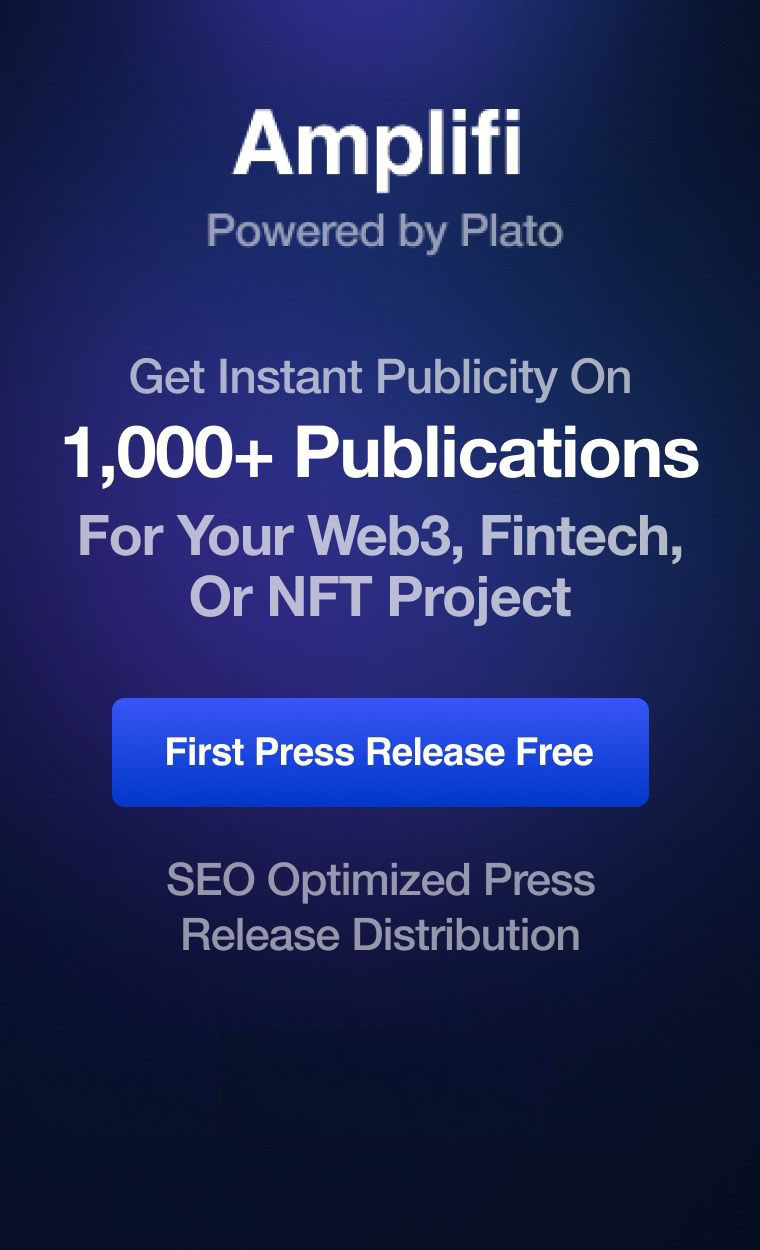Hyperledger is an open source collaboration involving blockchain developers and big businesses. Hosted by The Linux Foundation, this growing community is pushing the boundaries of blockchain development with a wide range of projects. As you’ve no doubt gathered, blockchain apps are transforming the way in which we deal with data across a wide range of business sectors and the area of healthcare will no doubt benefit greatly from the current developments in this area.
The move from traditional distributed database systems to blockchain distributed ledger systems will have far reaching effects that will benefit patients and medical professionals alike.
Decentralization
When a user accesses a blockchain ledger, there is no obvious clue that the data is not centrally located. Blockchain gives the illusion of a centralized system, but in reality, the data is distributed across many different locations. This allows for greater collaboration, and all data is synchronized immediately. So a doctor, staff in a hospital, and the patient can all update the data held, yet no one individual can claim ownership of the overall system, be this the hospital or a third party intermediary. Therefore, there is no ultimate reliance on one single system. When all data is located in one place, a failure of that system can be catastrophic, especially in the healthcare business when there are literally lives at stake.
A clear audit trail for accountability
When using blockchain technology, an audit trail is created and cannot be manipulated. This makes it highly reliable. Additionally, a block can only be altered by the owner of that block, and so it is easy to find out with whom particular data originated, and who has changed it. Data can be validated, and so can be reused as a verified reliable source.
Data is very secure and so privacy is assured
Medical records are highly sensitive. When a doctor records data regarding the condition of a patient, it is expected that the data is entirely confidential. While measures are always taken to protect such sensitive information, blockchain adds a very high level of security into the equation. All data is encrypted, and can only be decrypted when a user holds the private key to do so.
The application of blockchain ledger technology within the industry
It’s not just the storage of patient records that can benefit from these new technologies. Blockchain developers for healthcare are working on many different aspects of the business to implement these technologies across a broad range of areas. For instance, insurance claim processing and research sectors. Insurance claims will be easier to audit, data will be more easily accessible by involved parties and fraud detection will be improved. Claims will therefore go through faster which of course will be of benefit to those who have put in a claim. With a higher level of fraud detection, the number of fraudulent claims will be reduced, and so policy prices could well fall. Data gathering for research will also improve, giving greater opportunities for study and advancement.

Subscribe to stay up to date with the latest blockchain innovation in healthcare.
Ever since he was a child, Michael was captivated by technology. When the opportunity arose to spend his life writing about it, Michael didn’t hesitate. He now spends his time exploring and writing about captivating new technologies to introduce to the people.
Michael’s insatiable desire for new technologies lead him to pursue a computer science degree at Queens College. His work has been published on various technology blogs across the web.




